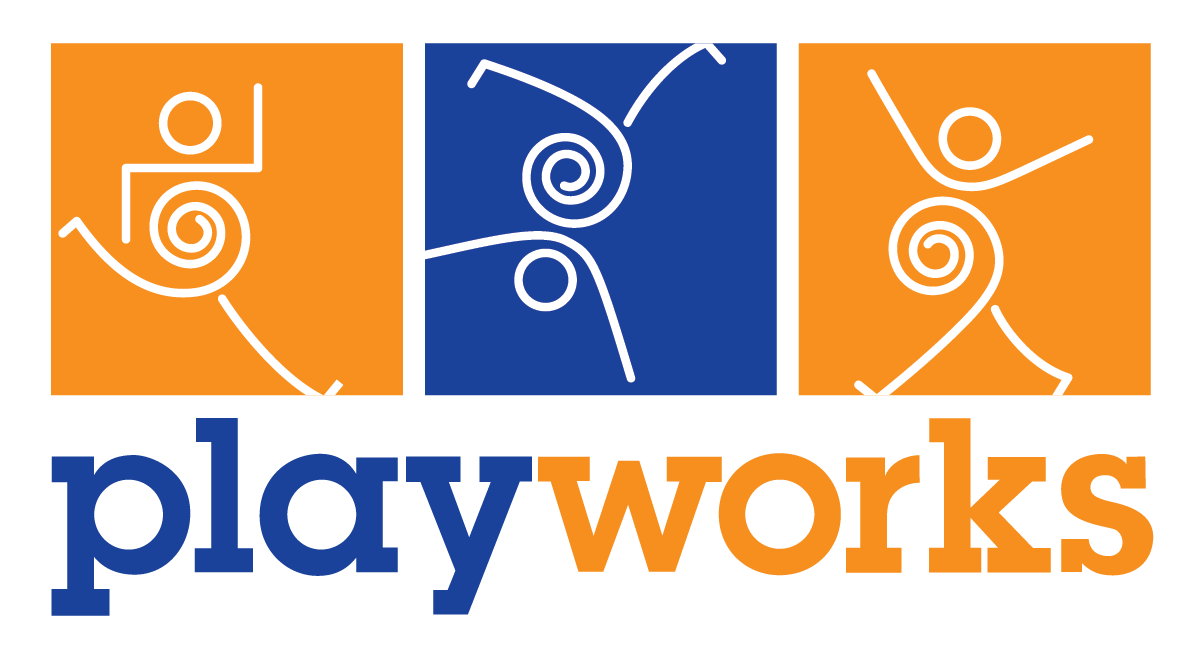Occupational Therapy
Our team of therapists has received additional training in a wide range of pediatric treatment techniques.
Playworks Occupational Therapy Services
Comprehensive Occupational Therapy assessment that will focus on the functional capacities of the your child.
Areas assessed will depend on the age of your child and the presenting concern. Areas include gross motor-posture and movement, motor planning and sequencing, fine motor, sensory processing (integration), visual perceptual/visual motor, handwriting skills, play skills, self-help skills, executive functioning and social/emotional skills.
Assessment and Intervention is also available for oral motor skills related to feeding.The SOS frame of reference is used to support the intervention.
Individual Occupational Therapy:
Sensory Integration Therapy
Neuro Developmental Therapy
Handwriting Therapy- a variety of approaches used including Handwriting Without Tears
Visual Processing
Executive Functioning Skills
Functional Skills- including school related skills, play skills and daily living skills
DIR/Floortime approach
Interactive Metronome
Therapeutic Listening
Home and School Consultations
Parent Education
Community Education
Sensory Integration
Sensory integration theory originated from the work of A. Jean Ayres, PhD, OTR, an occupational therapist and psychologist, whose clinical insights and original research revolutionized occupational therapy practice with children. Sensory Integration is a neurological process that happens naturally. Our bodies and our environments send our brains information through our senses. This information is processed and organized so we feel comfortable and secure to respond appropriately to environmental demands and situations. When we have healthy integration, processing and organizing happen automatically. When our sensory system is not intact, our system can run inefficiently. This can interfere with the child’s ability to successfully and safely interact in their environments, including home and school.
An occupational therapist who has received training in sensory integration provides therapeutic activities in an environment with specialized equipment specially designed to meet the child’s needs. A comprehensive assessment is completed that provides insights into the child’s sensory processing. The therapist collaborates with the child in order to support their interests and ideas while supporting the child’s intrinsic motivation to play. An environment is designed to ensure physical safety while challenging the child to successfully participate in activities.
DIR/Floortime
The DIR® Model is a comprehensive framework, which enables clinicians, parents and educators to construct a program tailored to the child’s unique challenges and strengths. Central to the DIR® Model, the role of the child’s natural emotions and interests is known to be essential for learning. These interactions support the different parts of the mind and brain to work together and build higher levels of social, emotional, and intellectual capacities. In addition to Floortime™, the DIR® Model often includes, various problem-solving exercises. Furthermore, the model typically involves a team approach with speech therapy, occupational therapy, educational programs, mental health (developmental-psychological) intervention and, where appropriate, augmentative and biomedical intervention.
Neuro-Developmental Therapy (NDT)
The NDT Approach is used for management and treatment of individuals with central nervous system (CNS) pathophysiology. The individual’s strengths and impairments are identified and addressed in relation to functional abilities and limitations. NDT is a hands-on, problem solving
approach. Intervention involves direct handling and guidance to optimize function. The approach is guided by the client’s reactions throughout every treatment session.
An NDT Trained or NDT Certified™ therapist’s education in neurology, physiology, and current research is translated into daily practice. Specialized Therapists work collaboratively with patients, families, caregivers, and other healthcare professionals to develop individualized comprehensive treatment programs based on NDT theory and philosophy. (www.NDTA.org)
Hand Writing Without Tears
The Handwriting Without Tears (HWT) printing and cursive programs draw from years of innovation and research to provide developmentally appropriate, multisensory tools and strategies. Research shows that children learn more effectively by actively doing, with materials that address all styles of learning. The fun, engaging, and developmentally appropriate instructional methods enable children to master handwriting as an automatic and comfortable skill. (www.HWT.com)
Therapeutic Listening
Developed by Vital Links, Therapeutic Listening is a research-based tool for treating people of all ages who have difficulty processing sensory information, listening, attention, and communication.
Parents, teachers, and therapists have seen significant results by using Therapeutic Listening including:
Increased Focus and Attention
Better Moods
Balanced Energy Levels
Greater Tolerance to Noise
Improved Sleep
Better Handwriting
Fewer Tantrums
Less Anxiety
Used by thousands of therapists around the world, Therapeutic Listening is a highly individualized, music-based tool that activates listening to help people tune-in to and respond to their world. High quality music, recorded specifically for Therapeutic Listening, is altered to exaggerate the sounds that naturally capture attention and tap into the parts of the brain involved in regulating bodily functions, relating to others, and organizing behavior. (vitallinks.com-therapeutic-listening)
Interactive Metronome
Integrative Metronome (IM) is a game-like auditory-visual assessment and treatment tool that engages the patient and provides constant feedback at the millisecond level to promote synchronized timing in the brain. Exercises can be customized and involve a hierarchy of increasingly complex and precisely timed motor movements intertwined with gradually higher & faster cognitive processing, attention and decision-making. Therapists that incorporate IM into functional therapy activities report their patients are more engaged, more alert, complete far more repetitions of functional movement patterns and activities in a more precise and timely manner, and demonstrate faster progress toward cognitive, communicative, and physical therapy goals. Patients who are challenged and can see measurable improvements are more motivated to continue therapy and achieve optimal success. (www.interactivemetronome.com).


